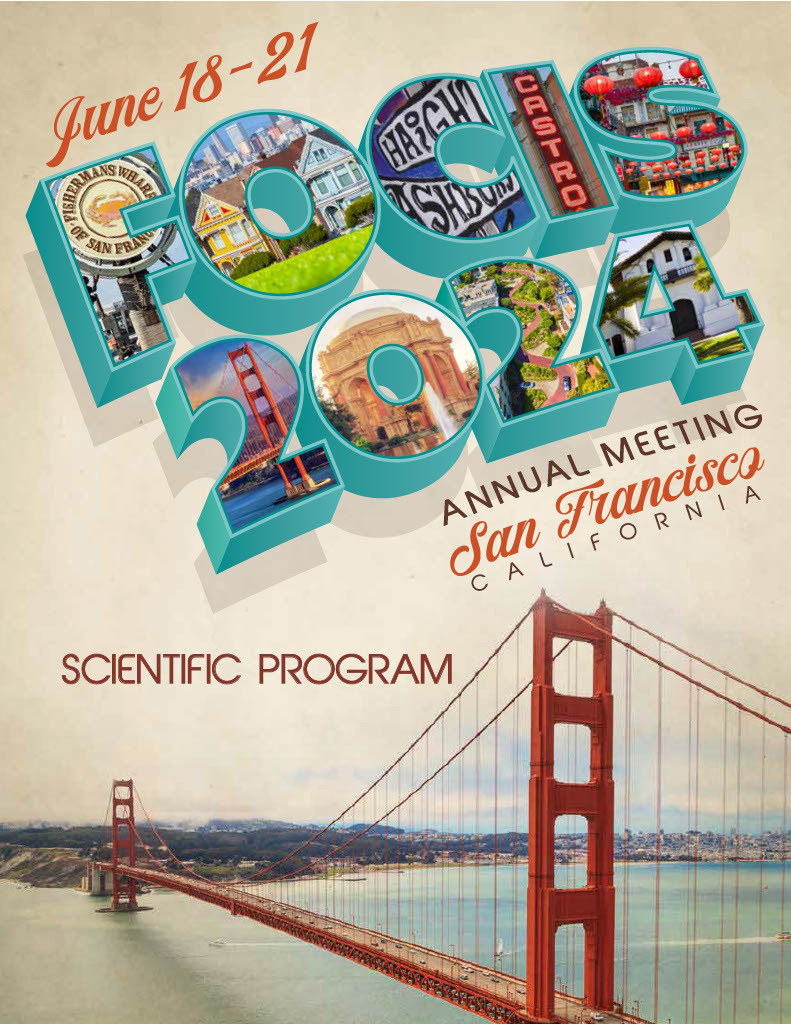Th114 - Using Human Colonic Explants to Recapitulate Key Areas of IBD Pathophysiology and Investigate Interventions
Thursday, June 20, 2024
7:30 AM - 7:45 PM PT
Ninoshka Fernandes – AbbVie Bioresearch Center; Christina Gomez – AbbVie Bioresearch Center; Michael Pawson – N/A; Donna Conlon – AbbVie Bioresearch Center; Gun Nguyen – AbbVie Bioresearch Center; Christine Nelson – AbbVie Bioresearch Center; Alhussein Farouk – AbbVie Bioresearch Center; Karin Orsi – AbbVie Bioresearch Center; Susan Westmoreland – AbbVie Bioresearch Center; Nancy Crosbie – AbbVie Bioresearch Center; Lori Patnaude – AbbVie Bioresearch Center; Sarah Wilson – AbbVie Bioresearch Center; Matthew Staron – AbbVie Bioresearch Center
- NF
Ninoshka Fernandes, n/a
Senior Scientist
AbbVie
Shrewsbury, Massachusetts, United States
Abstract Text: The pathophysiology of inflammatory bowel disease (IBD) is complex. The interplay between immune cells and intestinal epithelial cells in the development of IBD is poorly understood. Human colon tissue (HCT) resections procured from patients during surgery can be used to better address mechanistic and therapeutic questions for IBD because they preserve the cellular composition and architecture of the organ. To this end, we procured HCT resections, separated the muscular wall, took 3mm biopsies from the mucosal side, and incubated them in culture. Standard incubation conditions limit our ability to study mechanisms of action (MOAs) in HCT explants due to hypoxia-induced cell death and poor tissue integrity. To prolong the tissue survival, 3mm biopsy punches of HCT were incubated in a hyperoxic environment. Histological assessment demonstrated that a high-oxygenated environment led to improved tissue survival. To investigate immune and non-immune cellular interactions, using FACS, we observed a decrease in the number of epithelial cells and an increase in the number of T cells in the lesional Crohn’s Disease explants compared to their non-lesional controls. To mimic key pathways active in IBD, we stimulated T cells within the non-IBD HCT biopsies with an anti-CD3 antibody. Similar to what is observed in IBD, we saw elevated surface expression of ICOS and CD25, markers of T cell activation, on T cells which corresponded with increased levels of IFNg and IL-17F production. A JAK inhibitor and LCK inhibitor blocked this response. Future work includes expanding our understanding of MOAs for IBD interventions using these explants.

